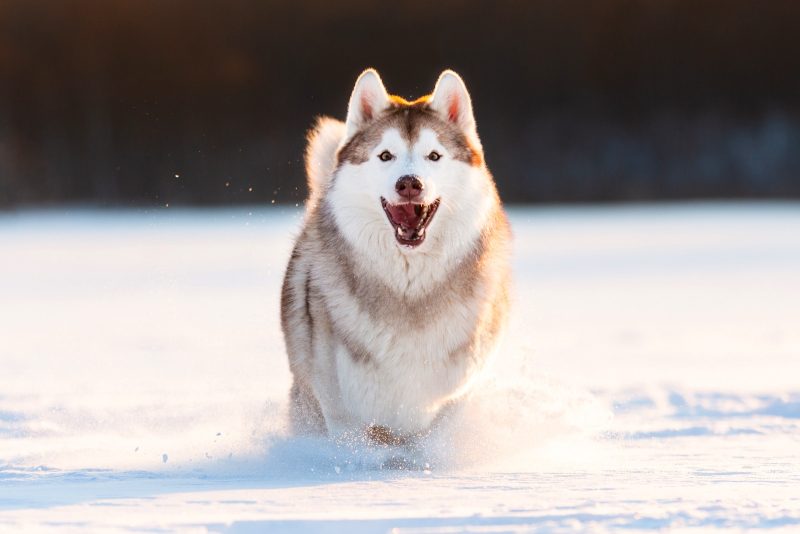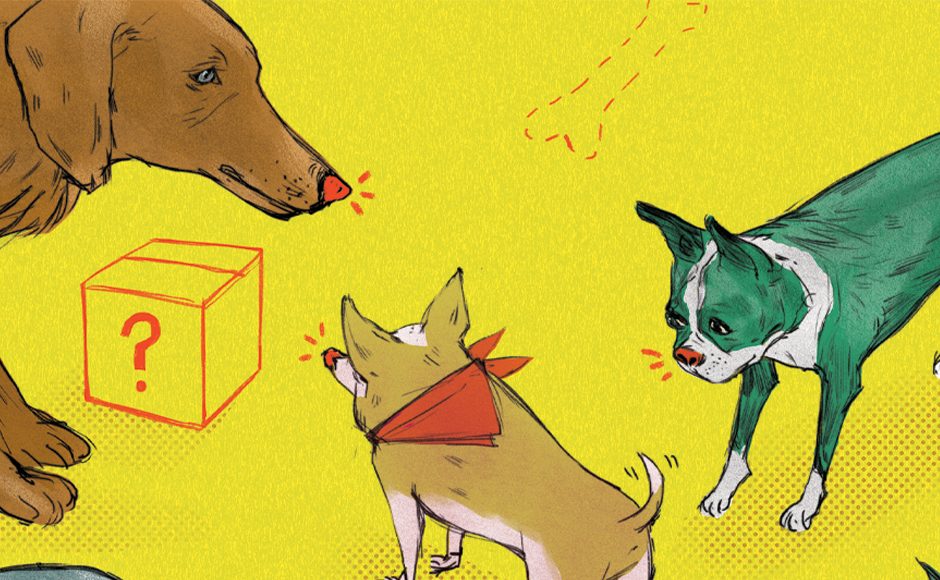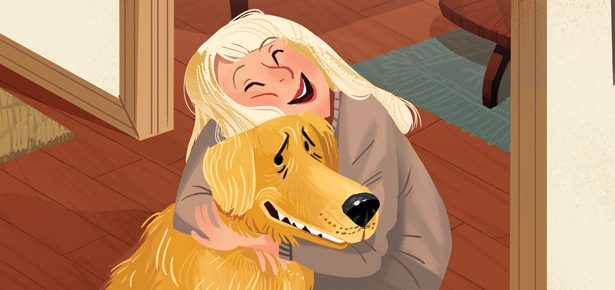

How To Make Your Dog Laugh (really)
Humans can imitate the sounds of dog laughter. Here's how!
Do Dogs Smile?
In the minds of most people, the equivalent of a dog smiling is when he is wagging his tail. But there is actually one canine facial expression that comes close to what we mean by smiling in humans. In this expression, slightly opened jaws reveal the dog’s tongue lapping out over his front teeth. Frequently the eyes take on a teardrop shape at the same time, as if being pulled upward slightly at the outer corners. It is a casual expression that is usually seen when the dog is relaxed, playing, or interacting socially, especially with people. The moment any anxiety or stress is introduced, the dog’s mouth closes and you can no longer see the tongue.
Dogs are also capable of laughing, and they typically do so when they are playing. Canine laughter begins with the doggy equivalent of smiling but also includes a sound that is much like panting. Several years ago, animal behaviorist Patricia Simonet at Sierra Nevada College by Lake Tahoe recorded those sounds while dogs played. On analyzing the recordings, she found that they involved a broader range of frequencies than regular dog panting. In one experiment, Simonet noticed that puppies romped for joy when they heard recordings of these sounds; in another, she was able to show that these same sounds helped to calm dogs in an animal shelter.
How To Make Your Dog Laugh
Humans can imitate sounds of dog laughter, but it takes conscious monitoring of mouth shape to get the sound pattern right. Producing dog laughter correctly can make your dog sit up, wag his tail, approach you from across the room, and even laugh along.
- Round your lips slightly to make a “hhuh” sound. Note: The sound has to be breathy with no actual voicing, meaning that if you touch your throat while making this sound, you should not feel any vibration.
- Use an open-mouthed smiling expression to make a “hhah” sound. Again, breathe the sound; do not voice it.
- Combine steps one and two to create canine laughter. It should sound like “hhuh-hhah-hhuh-hhah.”
Perhaps the most common misinterpretation of dog behaviour is based on the myth that a dog wagging his tail is happy and friendly. Although some tail wags are associated with happiness, others can signal fear or even the warning that you are about to be bitten.
The tail’s position, specifically the height at which it is held, serves as an emotional meter. If the tail is held at a middle height, the dog is relaxed. As the tail position moves up, it is a sign that the dog is becoming more threatening, with a vertical tail being a clearly dominant signal meaning, “I’m boss around here.”
Similarly, barks say a lot about what your dog is thinking. Low-pitched sounds (growls) make the animal seem large and dangerous; they usually indicate anger and the possibility of aggression. High-pitched sounds mean the opposite, a request to be allowed to come closer or a signal from a large dog saying, “It’s safe to approach.”
For all our top picks of toys sure to make your pup smile, click here!
Join the newsletter and never miss out on dog content again!
"*" indicates required fields
By clicking the arrow, you agree to our web Terms of Use and Privacy & Cookie Policy. Easy unsubscribe links are provided in every email.





